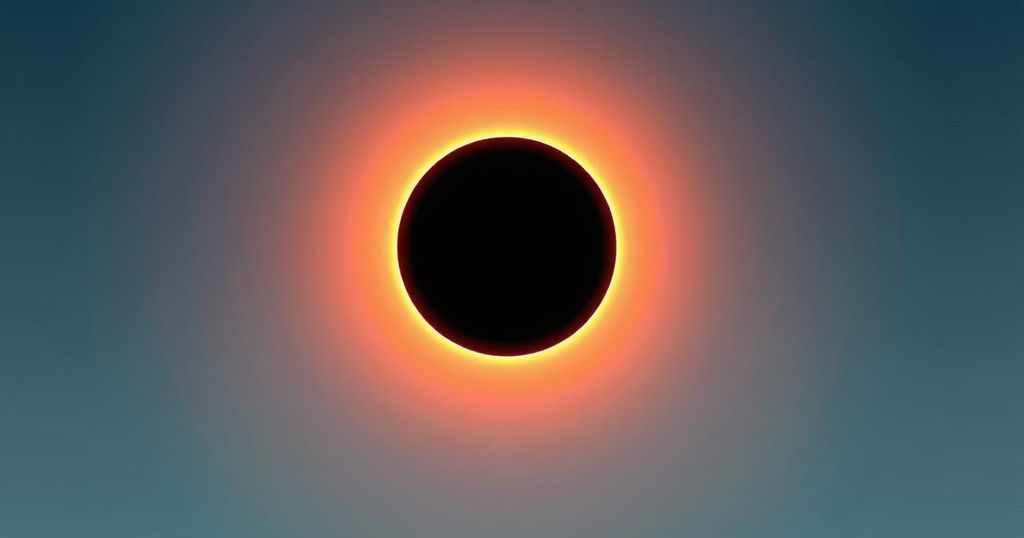Upcoming Solar Eclipse of March 2025 and Its Visibility from India

The first solar eclipse of 2025 will occur on March 29, starting at 2:20 PM IST and peaking at 4:17 PM IST. It will be visible in parts of Asia, Europe, and North America, but not in India. Direct viewing of solar eclipses can damage eyesight. A Blood Moon lunar eclipse will also take place on March 14, 2025.
The first solar eclipse of 2025 is scheduled for March 29, where the Moon will align closely with the Earth and the Sun, obstructing sunlight and creating a shadow on Earth. This event is classified as a partial solar eclipse, meaning that only a fraction of the Sun will be obscured.
The eclipse will occur from 2:20 PM to 6:13 PM IST, with its peak at approximately 4:17 PM, as reported by NASA. While the eclipse will be widely visible across regions such as Asia, Europe, and North America, it will not be observable from India.
Unlike lunar eclipses, which can be safely viewed with the naked eye, direct observation of solar eclipses can be harmful, potentially causing retinal burns. Proper safety measures, including specialized eye protection, are strongly recommended for those watching.
In addition to the March eclipse, NASA has indicated that a second solar eclipse will occur later in 2025, on September 21. The year will also feature two lunar eclipses: the first on March 14, aligning with the festival of Holi, starting at 09:29 AM and concluding at 03:39 PM, which will also be invisible in India, along with the second on September 7, 2025.
The March lunar eclipse will be a “Blood Moon”, characterized by the Moon appearing red as the Earth obstructs direct sunlight, causing its atmosphere to refract light towards the Moon while filtering out other colors.
To summarize, the first solar eclipse of 2025 will occur on March 29, visible from several continents but not from India. Observers should prioritize eye safety during this event. Additionally, a notable Blood Moon lunar eclipse is set for March 14, alongside a second solar eclipse in September. The year promises exciting celestial phenomena, but safety and visibility vary significantly by location.
Original Source: www.ndtv.com







